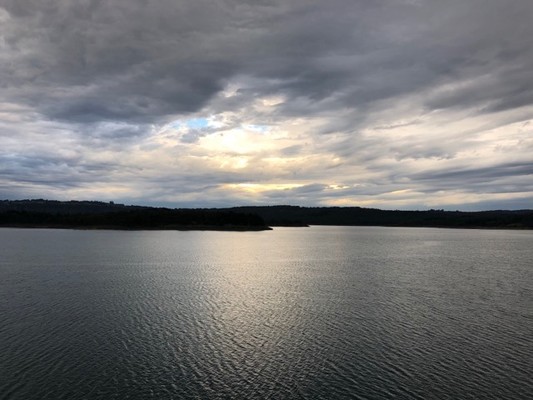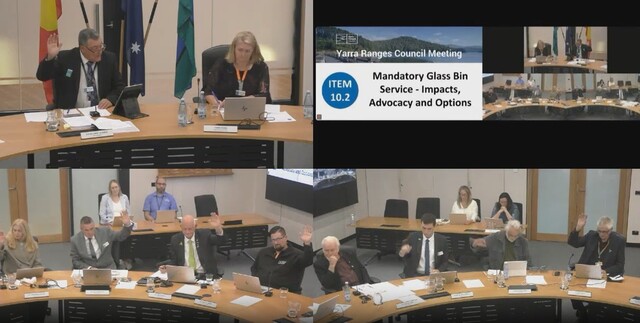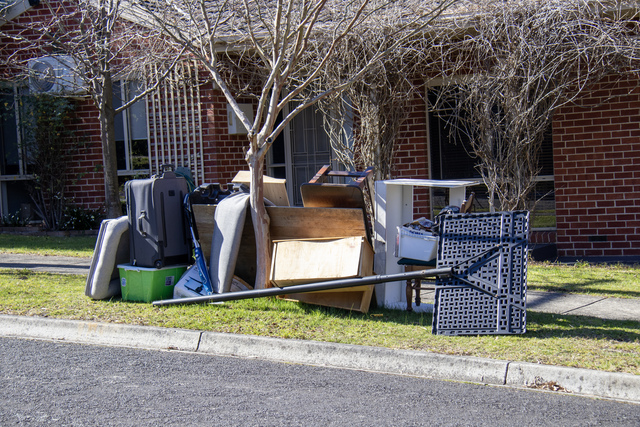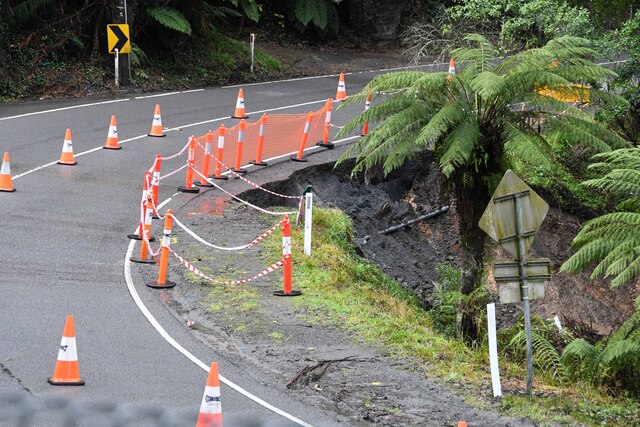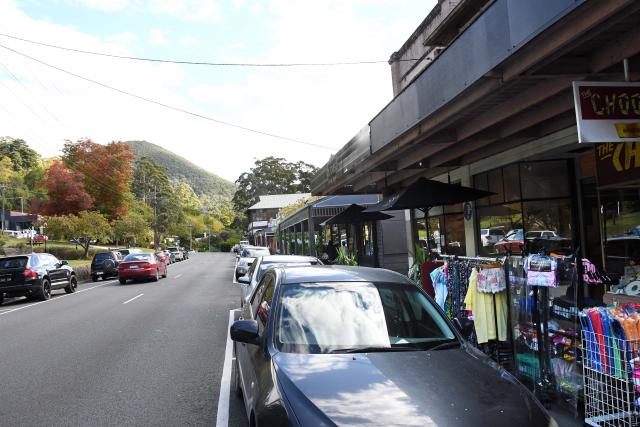Cardinia Reservoir will receive the largest order of water after storage levels dropped to under 50 per cent.
Minister for Water Lisa Neville said the largest ever order of 125 Giga litres would start to reach Cardinia Reservoir from 11 June onwards and be delivered progressively over the next year.
This additional water will contribute 6.9 per cent to Melbourne’s storages – which would be a further 4.2 per cent lower today without the desalinated water delivered over recent years.
Even with recent rainfall, Melbourne’s water storage levels currently sit at 49.8 per cent, 8.3 per cent lower than same time in 2018 and close to their lowest level since 2011, after the Millennium Drought severely impacted our water storages.
These low levels are a result of below average inflows into Melbourne storages in 18 out of the past 20 years, combined with higher than normal temperatures and huge population growth of 1.4 million in Melbourne since 2001.
The Bureau of Meteorology’s latest three-month seasonal climate outlook predicts the above average autumn temperatures and below average rainfall are set to continue.
“Water is now flowing into our storages from the desal plant, building a buffer against the challenges of climate change and increased demand from population growth,” Ms Neville said.
“The water order underpins water security for Melbourne and surrounding regions – meaning certainty for families, businesses, sporting grounds and local communities.”
“Combining desalinated water with water efficiency measures, while investing in recycled water and storm water harvesting, all helps to secure Melbourne’s water supply for the future.”
Only metropolitan Melbourne customers pay for the desalination order and this cost is subsidised as much as possible.
This year’s order is expected to add an average of around $10 per household for the year.
Melbournians can also do their part by adopting water efficiency measures at home to help reduce demand and make sure they’re following the Permanent Water Saving Rules when it comes to using water in the garden or outside the house.
Our average annual daily use is around 161 litres per day but by making a few small changes, such as shorter showers or turning the tap off while brushing your teeth, we can reach our target of 155 litres per day.

